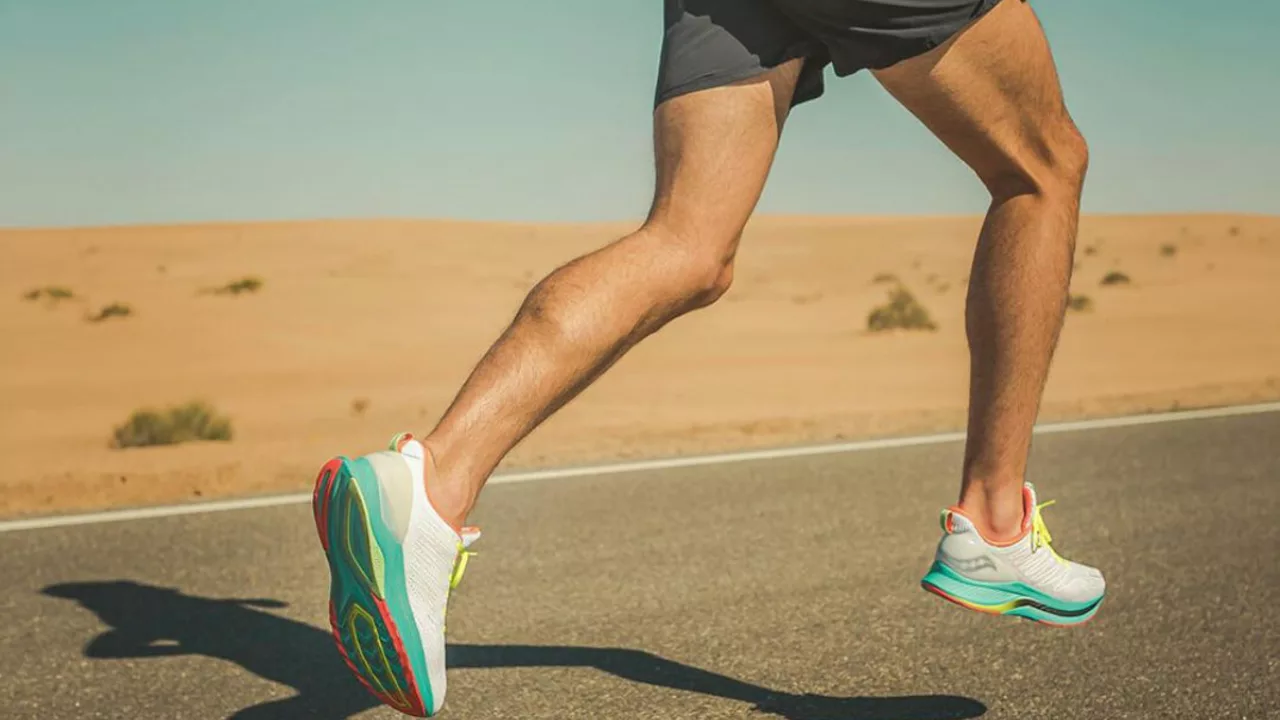Athletic Footwear: How to Pick the Right Football Boots
When you lace up for a match, the shoes on your feet can make or break your game. The right pair gives you traction, comfort, and confidence, while the wrong one leaves you sliding or sore. Below you’ll find practical advice on what to look for, how to match boots to your playing style, and simple steps to keep them in top shape.
Key Features to Look for
First, think about the surface you play on most often. Firm grass fields need firm‑ground (FG) soles with longer studs for grip, while artificial turf works better with turf (TF) plates that spread pressure evenly. If you jump between indoor and outdoor pitches, a hybrid sole gives the flexibility you need.
Next, check the material. Classic leather offers a soft feel and molds to your foot, but it’s heavier. Modern synthetic uppers are lighter and water‑resistant, perfect for rainy days. Try both in the store – the one that feels snug without pinching is the winner.
Weight matters too. Lighter boots can boost your sprint speed, but they shouldn’t sacrifice support. Look for a balance: a lightweight shoe with a reinforced toe box if you’re a defender, or a minimal design if you’re a winger who relies on quick cuts.
Fit and Comfort Tips
Fit is personal. Always try boots on with the socks you’ll wear in games. Your toes should have a thumb‑width of space at the front, and the heel should stay locked without slipping. Tightness around the midfoot prevents unwanted movement, which can cause blisters.Don’t forget about arch support. If you have high arches or flat feet, an insole or a boot with built‑in support can reduce fatigue. Many brands sell removable footbeds, so you can customize the fit.
Finally, test the ground feel. Some players love the “grounded” sensation of a stiff sole, while others prefer a bit of give. A quick jog around the store or a short sprint on the training field will reveal which style matches your feel.
Care and Maintenance Tips
Keeping your boots clean extends their life and performance. After each game, brush off mud with a soft brush, then wipe the surface with a damp cloth. Avoid throwing them in the washing machine – harsh chemicals can break down the material.
Let them dry naturally, away from direct heat. Heat can warp the shape and crack the leather. If you need to speed up drying, stuff the boots with newspaper to absorb moisture.
For leather boots, apply a light conditioner every few weeks to keep the material supple. Synthetic shoes benefit from a spray that restores water resistance.
Replace the studs when they wear down. Worn studs lose grip and can cause injuries. Most brands sell universal replacement studs that snap into place easily.
Choosing Your First Pair
If you’re buying your first football boots, start with a mid‑range model. It gives you quality without the premium price tag. Brands like Nike, Adidas, and Puma all have entry‑level lines that cover the basics: proper fit, decent traction, and solid durability.
Read reviews from other players – they often point out real‑world pros and cons that product specs hide. And don’t be shy about asking staff at a specialty store; they can point out subtle differences that matter for your position.
Remember, the best boot is the one that feels right on your foot and helps you play better. Use these tips to narrow down choices, try a few pairs, and pick the one that makes you confident every time you step onto the pitch.
